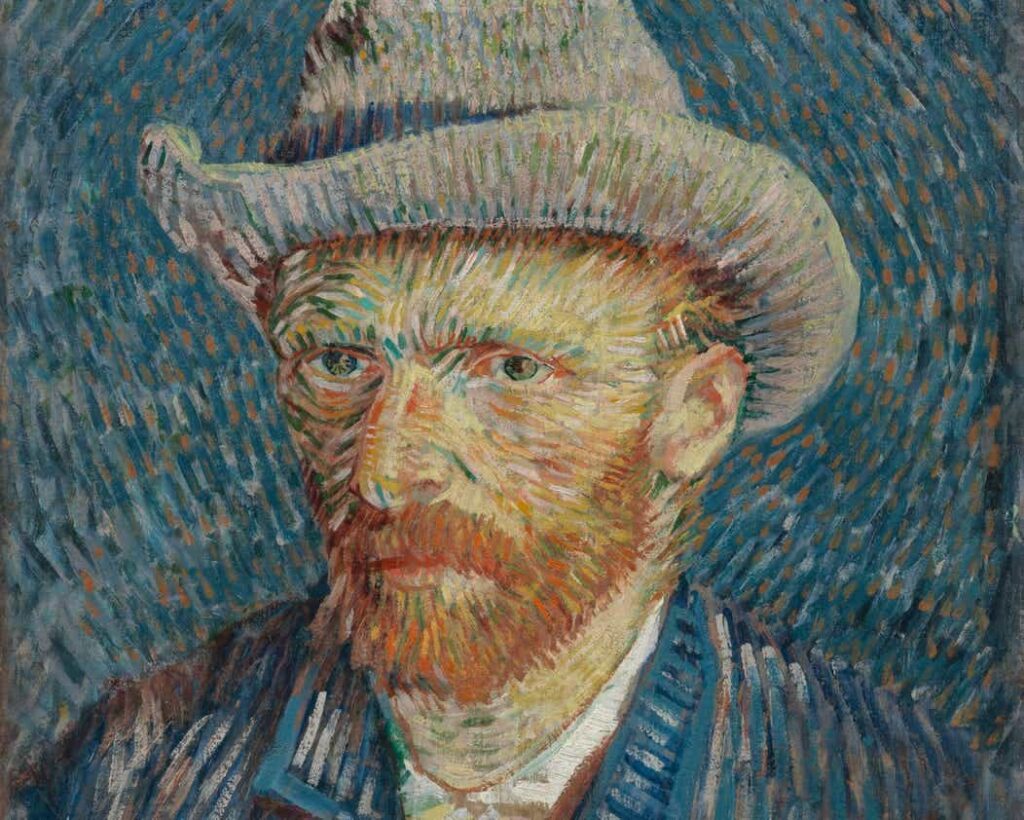Introduction to Vincent van Gogh
Vincent van Gogh (1853–1890) is one of the most celebrated artists of the 19th century, renowned for emotionally charged masterpieces like Starry Night and Sunflowers, which grace collections such as those at the Vietnam art gallery. His distinctive style, rooted in Post-Impressionism, has left an indelible mark on art history. In this article, we will delve into Vincent van Gogh’s biography, his iconic artworks, his unique painting style, and his profound influence on Post-Impressionist art. Join us to explore the story of Vincent van Gogh’s life and his timeless legacy!
Biography of Vincent van Gogh – Birthplace, Death, and a Turbulent Life
Who Was Vincent van Gogh?
Vincent van Gogh’s biography begins in Groot-Zundert, Netherlands, where he was born in 1853 to a Protestant pastor father and a devout mother. According to the Van Gogh Museum, Vincent showed an early sensitivity to nature and art, but his life was marked by turmoil and struggle.
- Early Years (1853–1880): Vincent worked in the art trade and as a missionary but found no success in either. He began painting at age 27, driven by a newfound passion for art.
- Paris Period (1886–1888): Exposure to Impressionism in Paris transformed his style, embracing vibrant colors and bold brushwork.
- Arles Period (1888–1890): A prolific creative phase, marred by mental health struggles, culminated in his tragic death in 1890.
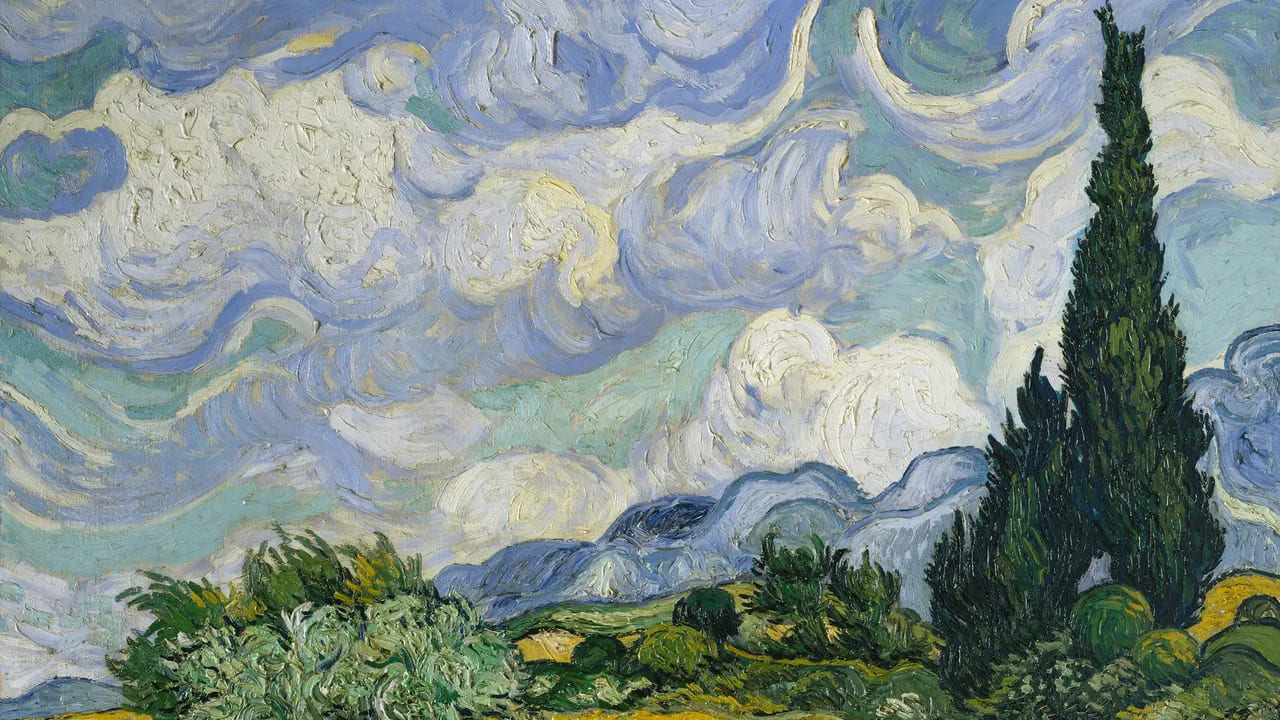
What Made Vincent van Gogh’s Life Unique?
Vincent van Gogh’s life was a tale of passion, struggle, and solitude. Living in poverty and supported financially by his brother Theo, he sold only one painting during his lifetime. In his heartfelt Letters to Theo, Vincent poured out his love for art and his inner turmoil:
“I put my heart and soul into my work, and I have lost my mind in the process.” – Vincent van Gogh.
Van Gogh’s mental health battles led to his infamous act of self-mutilation, cutting off part of his ear during a crisis. Yet, it was during his time in a psychiatric hospital that he produced some of his most iconic works, showcasing his resilience and creative genius.
Artworks of Vincent van Gogh
What Are Vincent van Gogh’s Most Notable Artworks?
Vincent van Gogh’s artworks are hallmarks of Post-Impressionist art, characterized by vivid colors and dynamic brushstrokes. Below are five of his most iconic masterpieces:
-
- Starry Night (1889)
- Description: Painted while in the Saint-Rémy asylum, this work depicts a swirling night sky over a quiet village.
- Features: Swirling brushstrokes and bold blues and yellows create a sense of movement.
- Significance: A symbol of Van Gogh’s intense emotions and turbulent psyche, now housed at MoMA.
- Starry Night (1889)
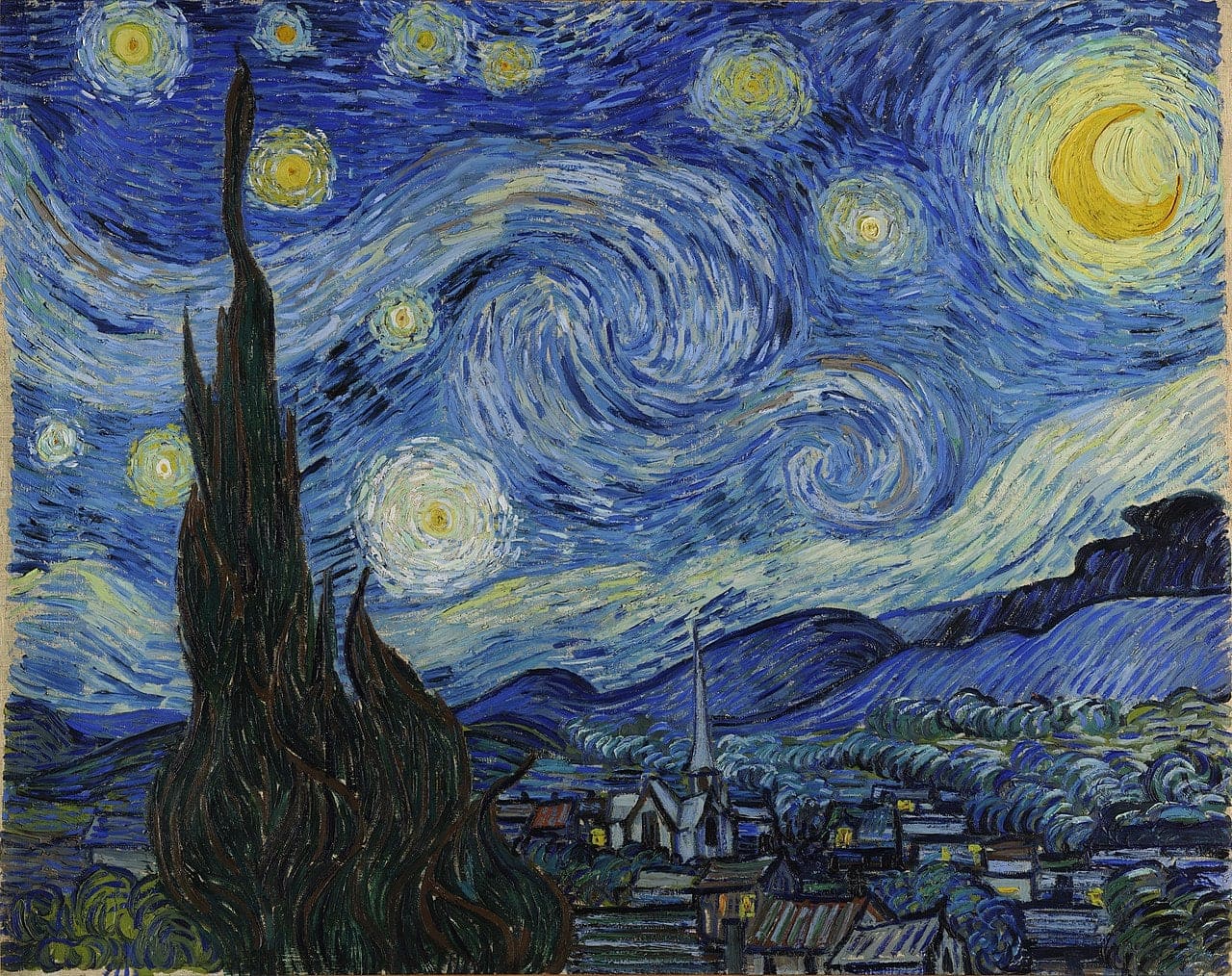
- Sunflowers (1888)
- Description: A vibrant portrayal of sunflowers in a vase, radiating warmth and vitality.
- Features: Contrasting colors, particularly yellows, create a lively composition.
- Significance: Represents joy and optimism, one of Van Gogh’s most recognizable works.
- Café Terrace at Night (1888)
- Description: An outdoor café scene in Arles, bathed in warm light under a starry sky.
- Features: Combines yellows and blues for a striking light effect.
- Significance: Captures the vibrancy of everyday life with emotional depth.
- The Potato Eaters (1885)
- Description: Depicts the harsh lives of Dutch peasants, focusing on their expressions.
- Features: Dark, earthy tones emphasize the somber mood.
- Significance: Reflects Van Gogh’s empathy for the working class.
- The Yellow House (1888)
- Description: Portrays Van Gogh’s home in Arles, where he dreamed of building an artist community.
- Features: Warm yellow tones and simple composition convey emotional warmth.
- Significance: Embodies his aspirations for collaboration and creativity.
Why Do Vincent van Gogh’s Artworks Endure?
Vincent van Gogh’s artworks remain timeless due to their ability to convey raw emotion. According to MoMA, his use of color and brushwork to express mood paved the way for modern and abstract art, resonating with audiences across generations. Each painting is a window into his soul, capturing universal human experiences.
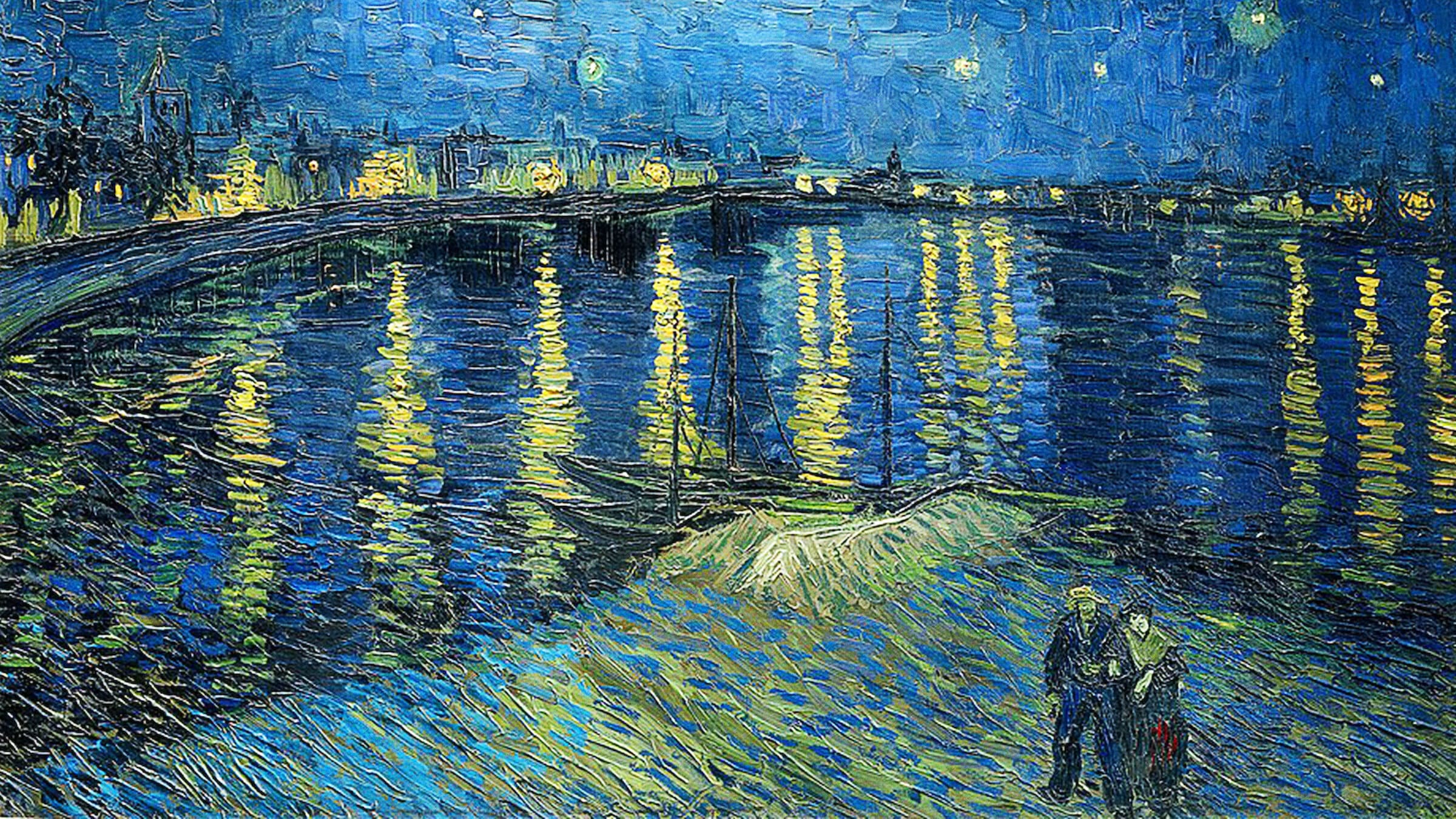
Vincent van Gogh’s Painting Style
What Makes Vincent van Gogh’s Painting Style Unique?
Vincent van Gogh’s painting style, rooted in Post-Impressionism, was influenced by Impressionism but developed into something distinctly his own:
- Vivid Colors: Warm tones like yellow, red, and orange create a sense of vibrancy and energy.
- Bold Brushstrokes: Swirling, thick, and spontaneous strokes convey intense emotion.
- Focus on Nature: Themes of skies, flowers, and rural landscapes dominate his work.
- Psychological Expression: His paintings reflect a spectrum of emotions, from joy to despair.
How Did Van Gogh Develop His Style?
According to the Van Gogh Museum, he drew inspiration from Impressionists like Monet but forged his own path by painting outdoors and experimenting with color. He wrote to Theo:
“I want to paint what I feel and feel what I paint.” – Vincent van Gogh.
This philosophy drove him to create emotionally charged works that broke free from realistic representation, emphasizing personal expression over literal depiction.
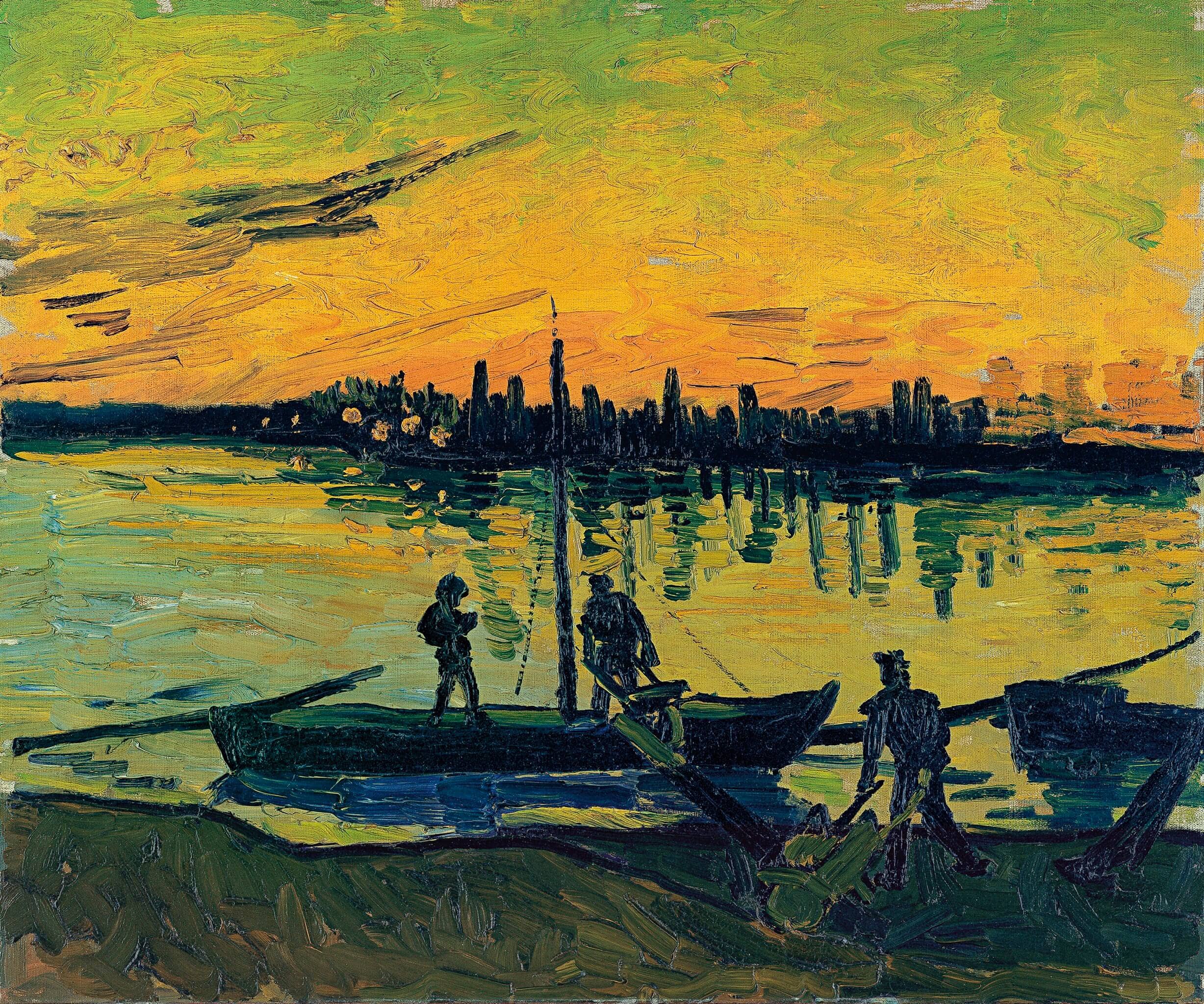
Van Gogh and Post-Impressionist Art
How Does Post-Impressionist Art Relate to Van Gogh?
Post-Impressionism, an evolution of Impressionism, emphasizes personal emotion and subjective expression. Vincent van Gogh, alongside Paul Gauguin and Paul Cézanne, was a pioneer of this movement. Key characteristics include:
- Expressive Colors: Colors convey emotion rather than mimic reality.
- Bold Compositions: Strong brushstrokes and stylized forms create dynamic visuals.
- Lasting Impact: Paved the way for modern movements like Expressionism and Abstraction.
Why Is Van Gogh a Post-Impressionist Icon?
Van Gogh transformed everyday scenes into vibrant, emotional masterpieces, making him a cornerstone of Post-Impressionism. According to Tate Modern, his style inspired 20th-century artists like Edvard Munch and Wassily Kandinsky, cementing his influence on modern art.
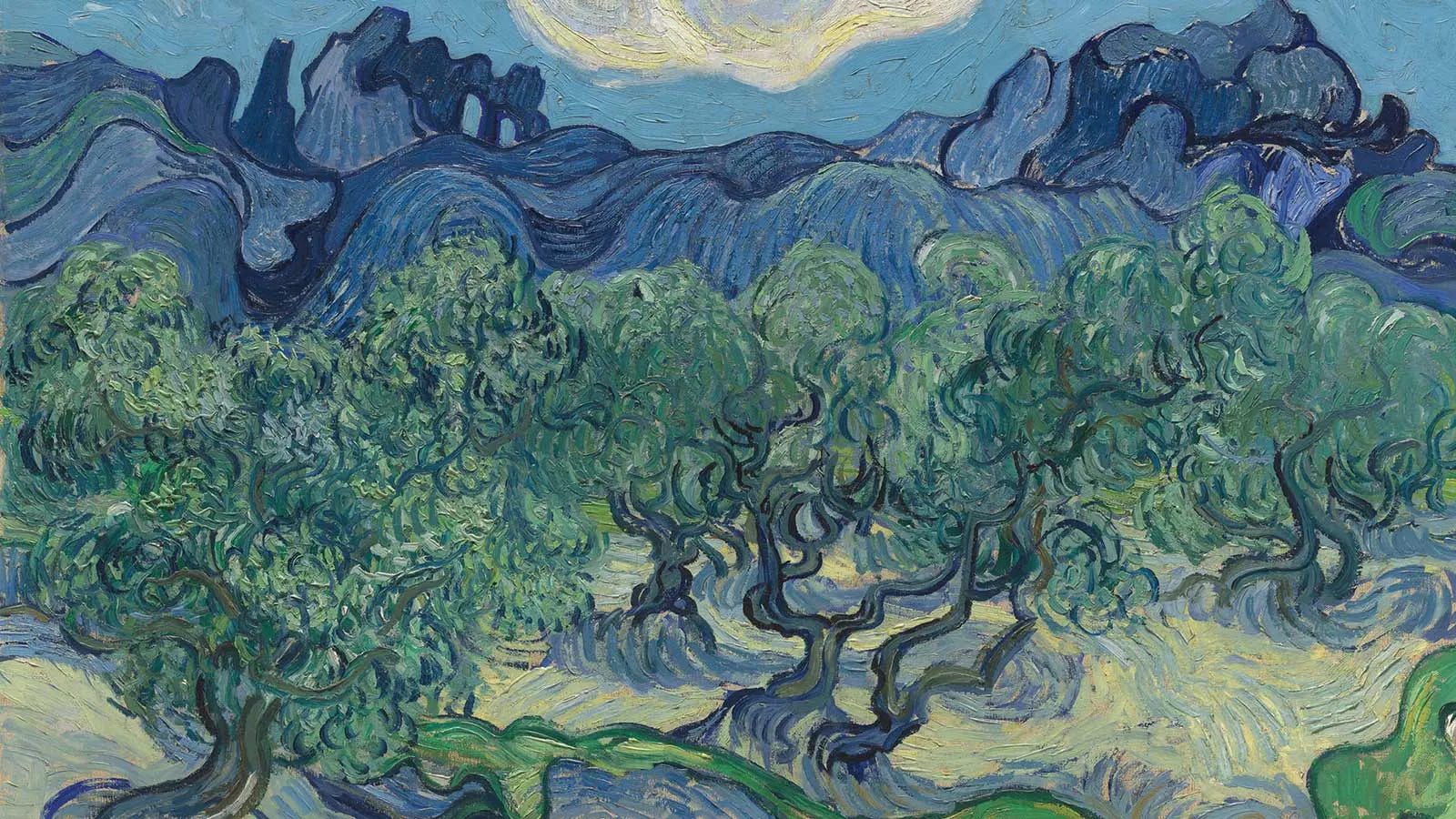
Influence of Vincent van Gogh in Vietnam
How Did Vincent van Gogh Influence Vietnamese Art?
Despite living far from Vietnam, Vincent van Gogh’s vibrant style inspired Vietnamese artists, particularly those trained at the École des Beaux-Arts de l’Indochine:
- Tô Ngọc Vân: Adopted Van Gogh’s bold colors and expressive brushwork in his oil paintings.
- Nguyễn Tường Lân: Drew on Van Gogh’s use of light and emotion in landscape paintings.
- Modern Exhibitions: Galleries in Hanoi and Ho Chi Minh City showcase works influenced by Post-Impressionism.
How to Identify Van Gogh’s Influence?
- Vivid Colors: Look for Vietnamese paintings with bright yellows, greens, and reds.
- Expressive Brushstrokes: Bold, swirling strokes reminiscent of Van Gogh’s technique.
- Natural Themes: Paintings of landscapes and still life imbued with strong emotion.
Approaching Vincent van Gogh’s Artistic Vision
How to Approach Vincent van Gogh as a Beginner
- Visit Museums: View Starry Night at MoMA or explore works at the Van Gogh Museum in Amsterdam.
- Read Books: Van Gogh: The Life by Steven Naifeh offers deep insights into his journey.
- Watch Documentaries: Films like Loving Vincent on Netflix provide a vivid look at his life.
- Try His Style: Use oil paints and swirling brushstrokes to emulate Van Gogh’s techniques.
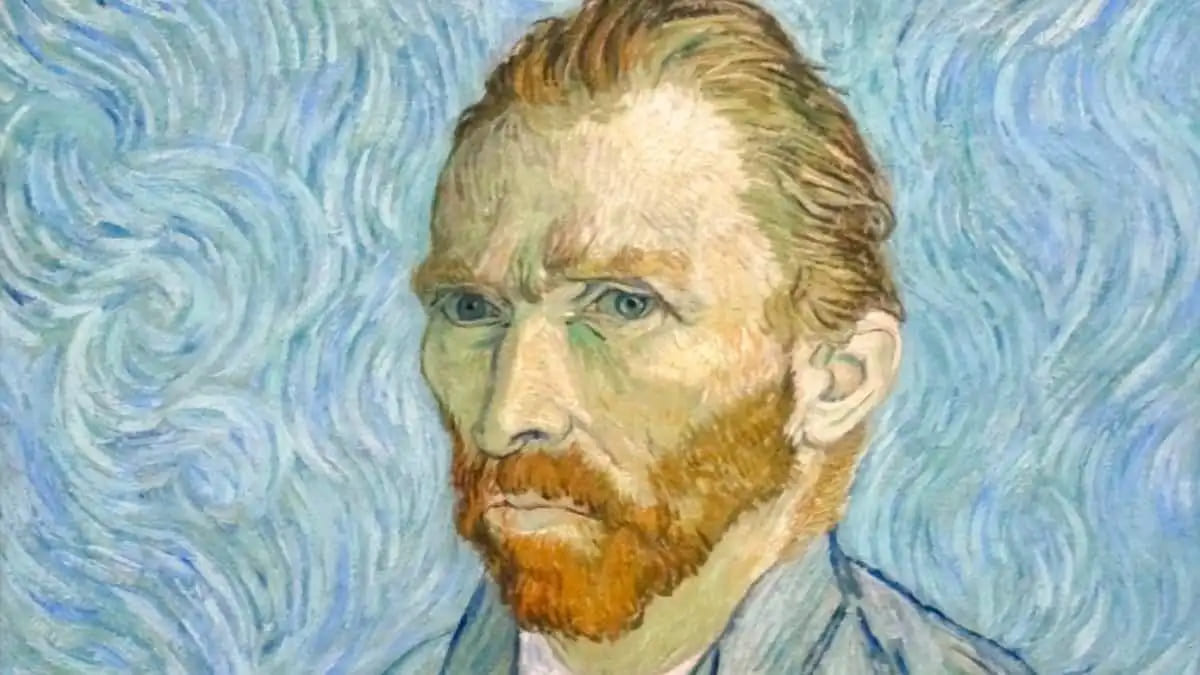
Tips for a Deeper Understanding
- Study His Letters: Read Letters to Theo to grasp his artistic soul and vision.
- Compare with Post-Impressionists: Contrast Van Gogh’s works with Gauguin and Cézanne to highlight his uniqueness.
- Take Courses: Online courses on Coursera about Post-Impressionism offer deeper insights.
Honoring the Genius of Vincent van Gogh
Vincent van Gogh, a titan of Post-Impressionist art, left an immortal legacy through masterpieces like Starry Night and Sunflowers. His biography tells the story of a sensitive soul battling inner demons to create timeless art. With his vibrant, emotive painting style, Van Gogh transformed how we perceive art. Explore his world through museums, books, or by trying his techniques to feel his genius. Share this article to spread the story of this Post-Impressionist visionary!
Next Steps:
- View Starry Night online or at MoMA.
- Learn more about Vincent van Gogh’s painting style through books or resources.
- Share this article to inspire friends to discover the genius of Vincent van Gogh!

